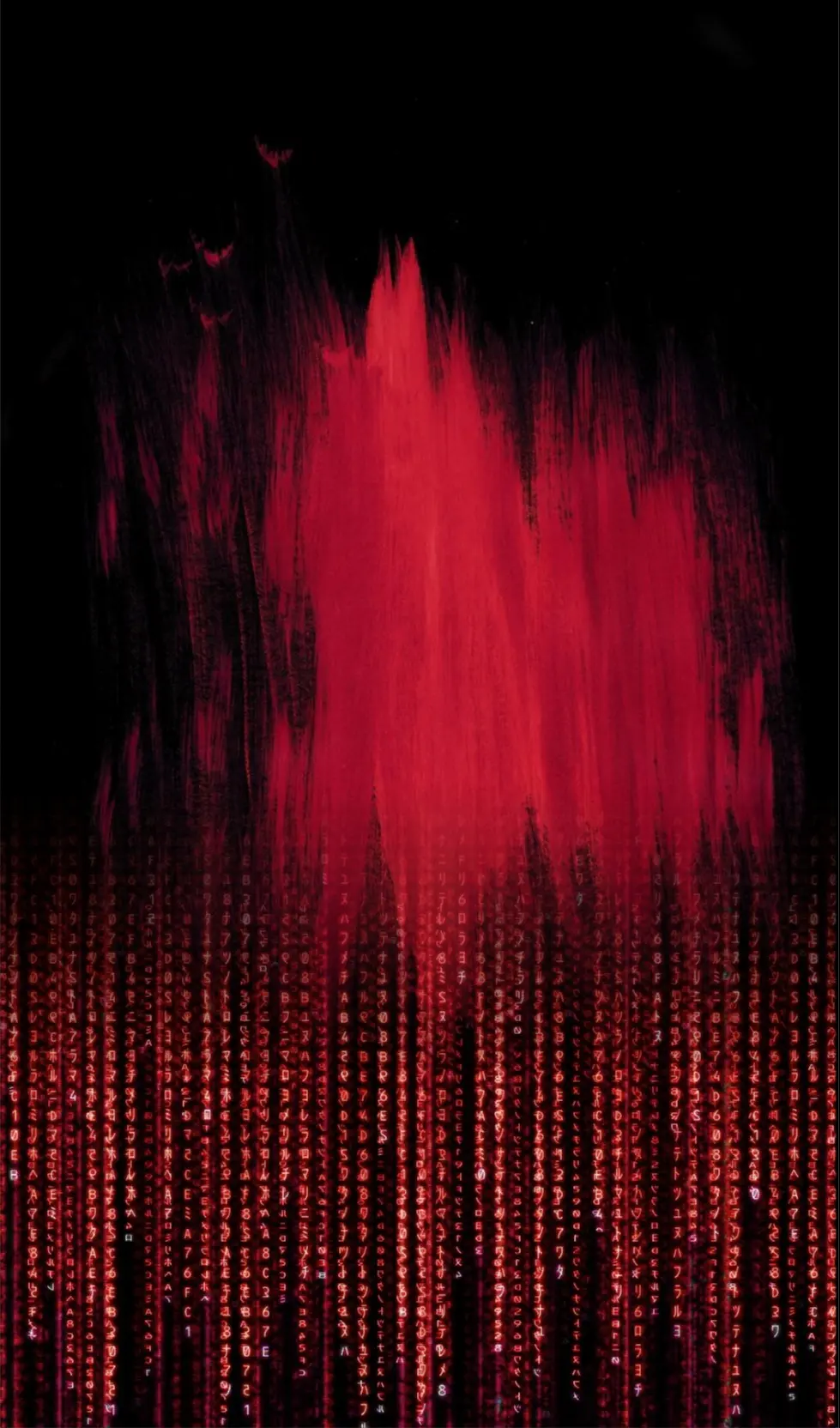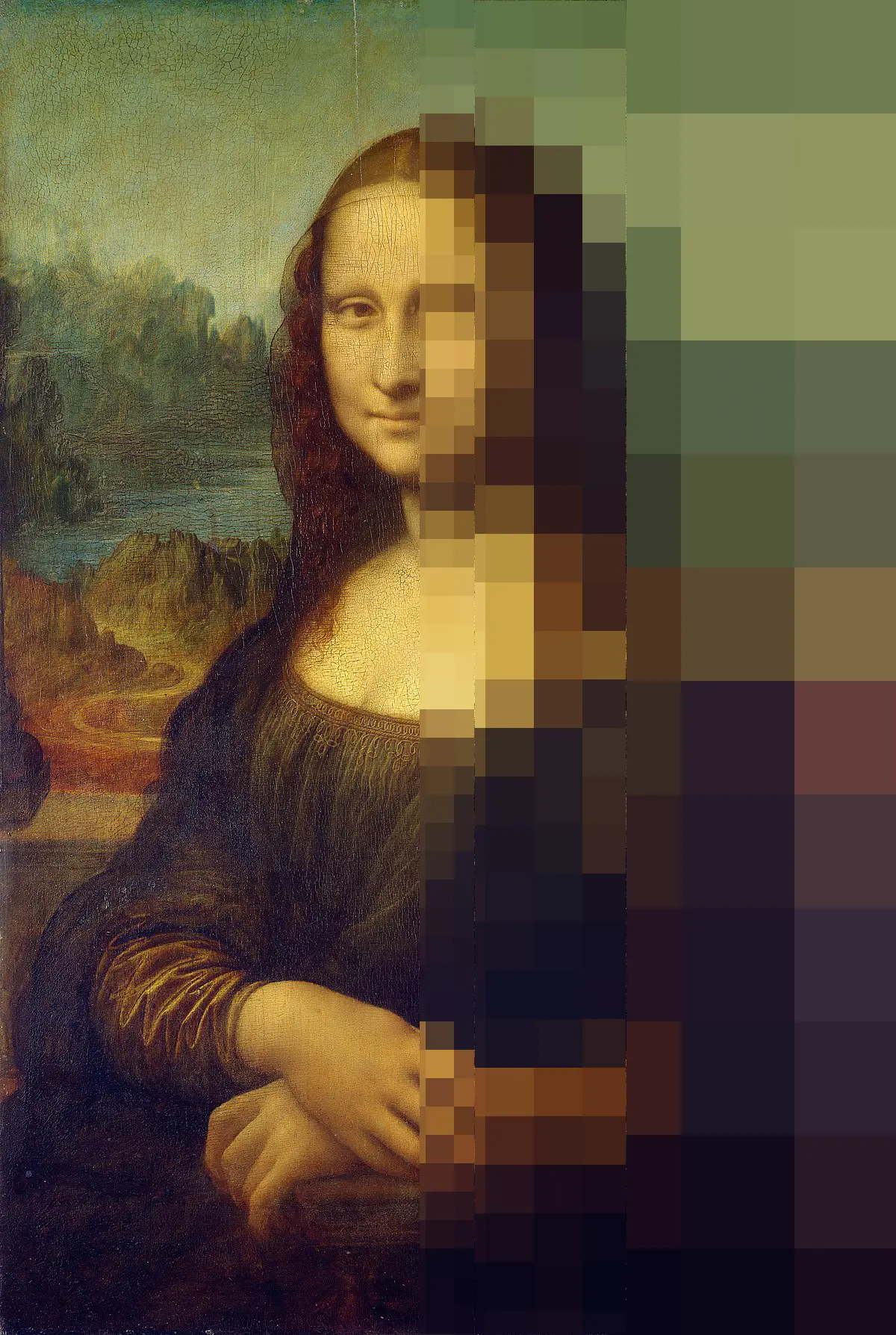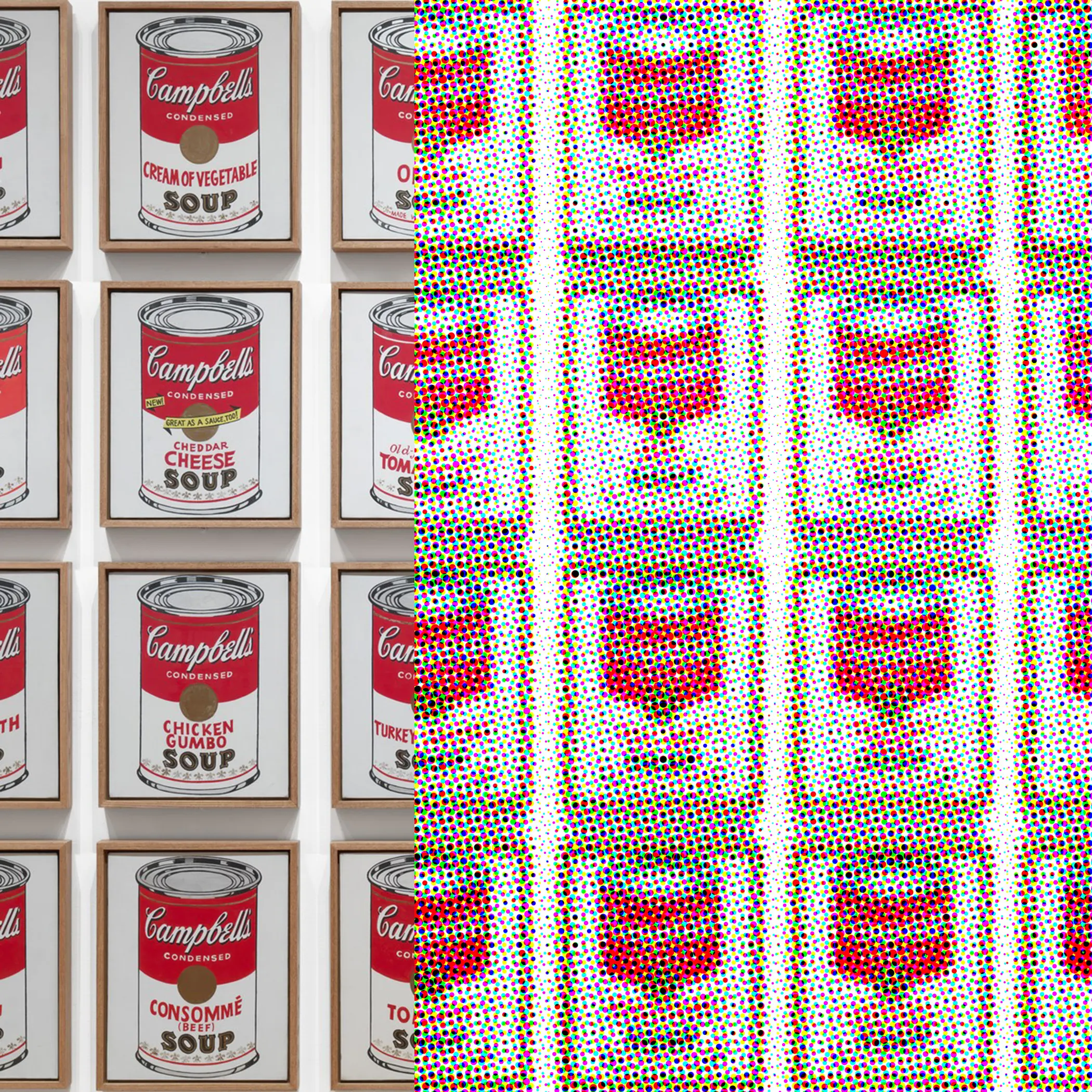
Written by Randall J. Slavin, Publisher
Images by J.L. Cederblom and Wesley Kemp
You probably saw the headlines in March of this year. Among others, the Wall Street Journal reported “Beeple NFT Fetches Record-Breaking $69 Million in Christie’s Sale” while the New York Times headline read “JPG File Sells for $69 Million, as ‘NFT Mania’ Gathers Pace”.
So what the heck is this all about? $69 million is more than any auction result for most big name real world artists including Salvador Dali and Paul Gaugin. It also makes Beeple, whose real name is Mike Winkelmann, number three on the list of highest priced living artists.
Let’s see if we can cut through the hype and shine some light on the subject.
First, and with all due respect, the Wall Street Journal headline got it wrong, at least superficially. Saying that an “NFT” sold for $69 million is, at best, a simplification. It’s the equivalent of saying that you bought a title to a new car or a deed to a new house. Specifically, what was sold was a digital artwork collage titled “Everydays: the First 5000 Days” and it was accompanied by an NFT which documented its ownership.
Ok, so what the heck is an “NFT”? NFT stands for “non-fungible token”. Great, that clears it up, doesn’t it? No, not for most of us, so let’s break it down. Something is “non-fungible” if its value is not certain enough to be seamlessly traded for another thing of the same kind.
For example, dollar bills are fungible – if you and I exchange dollar bills, we both start with one dollar of value and we both end with one dollar of value. The fact that we exchanged two physical objects which are more or less identical (except for the serial number, etc.) with a specific and certain value and we both ended up exactly where we started makes dollar bills “fungible”.
Now let’s say you and I trade something else of value like our homes. The odds of our two homes having exactly the same value are practically nil. If we trade our homes, one of us will likely end up with more value than we started with and one of us with less value. Since homes inherently aren’t of the same value, they are “non-fungible”

A token is an object that represents
a right or store of value but is
not in and of itself currency.
Ok, that’s pretty straightforward, but what about the “token” part of NFT?
That’s more complicated, but let’s start with a generic description of real world tokens.
A token is an object that represents a right or store of value but is not in and of itself currency. In the past, if you wanted to take a subway ride you had to purchase a subway token. It was a physical object similar to a coin. You would exchange real currency for the token and the token would allow you to take a ride on the subway. Subway tokens have all but disappeared from use having been replaced with tickets and electronic passes, but another example of a physical token that is still extant is a casino chip. You buy casino chips with real currency and within the limited environment of the casino, use them more or less the same as real currency. When you leave the casino, you can exchange the chips back to the casino for real currency. Casino chips are tokens which are stores of value, but not actual currency. Outside the casino, they have no real value and can’t generally be exchanged back into dollars.
In the case of NFTs, the “token” isn’t a physical object, but instead is a virtual asset, essentially a digital string of 1’s and 0’s, that represents the ownership rights to something in the same way as the title to your car represents your ownership of it and your right to do what you want with it including drive it, rent it out, or sell it.
But a token that represents ownership rights isn’t worth the paper it’s printed on (or the electricity used to generate it) unless there is some central store or central authority that can be referenced to verify its legitimacy. The title to your car is technically a “Certificate of Title” and is issued by your state’s department of motor vehicles which is the central authority that verifies the legitimacy of the title and therefore your ownership of it. If the title isn’t in your name, then, at least as far as the state is concerned, you don’t own it.
For NFT’s, this is where the blockchain comes in and where most of us who aren’t “digital natives” start to get uncomfortable. NFT’s (and for that matter fungible cryptocurrency tokens like Bitcoin) aren’t controlled, monitored or enforced by a governmental entity. Rather, they’re “controlled” by the blockchain itself which is “controlled”, at least theoretically, by everyone who participates in it.
The authenticity or legitimacy of a blockchain token is verifiable by the token itself against a huge number of computers that participate in the blockchain called nodes. Each token is encrypted which means it is coded in such a way that both a publicly known key and a private key are required to decode the information within. The public key exists on every computer that participates as a node in the blockchain, whereas the private key only exists within the token itself. A key factor to blockchain is that it is distributed and decentralized – there is no single store of information which represents the blockchain, but rather that information exists, in many iterations across all of the nodes that participate in the blockchain.
Alright, now we have at least a surface understanding of NFTs, how do they relate to art and why did a cryptocurrency investor spend $69 million dollars to acquire a JPG file that came with an NFT?
Let’s start with the “how” question.
When an artist creates a physical artwork, it is a unique original. Even if the same artist attempts to exactly duplicate that same artwork multiple times, each one she creates will be subtly different. The “duplicates” aren’t really duplicates, they are actually just very similar unique originals. If some sort of reproduction technology is used to create a copy of the original, while the reproduction may look almost identical to the original, it will be in a different medium and contain subtle differences that distinguish it from the original. When it comes to real world art, there just aren’t any true duplicates.

Secance

Region Nomade
Digital art, on the other hand is inherently copyable and the copies are totally indistinguishable from the original. To make matters worse, the method of distribution for digital art is also the method of distribution for copies of it, authorized or not. This has made it extremely difficult for digital artists to make a living selling their digital art. Both physical art and digital art are protected by copyright from their inception, but the copying of physical art is difficult and expensive, while the copying of digital art is as simple as clicking “Save As….”
Utilizing NFTs for digital art doesn’t actually change any of that, but it does establish ownership of the original in a way that isn’t copyable. So there may be thousands of exactly identical copies of Beeples “Everydays” on computers all over the world, but there is only one NFT and who ever owns the NFT owns the “original” digital artwork.
Art collectors want to buy artwork that they can prove is theirs, because that’s where the value lies. In the realm of physical art, that means actual possession of the artwork backed up by some paperwork that demonstrates the acquisition. In the world of digital art, that means an NFT.
High values on digital art secured by NFTs come with their own set of problems.
The first problem is similar to one that exists for real world art as well – authenticity. Physical art, at least that being sold currently, usually comes with a certificate of authenticity issued and signed or certified by the artist or the artist’s agent. These individuals, who are the prime source of authenticity, are generally well known, at least for high-value artworks, and their reputations are at stake.
Physical artwork can also be “authenticated” by experts after the artist and their agent are no longer available, but the original certificate is superior to the often inconsistent opinions of experts. When a forger duplicates a valued artwork, they may duplicate the certificate of authenticity and other paperwork to convince their mark that the forgery is the “real” thing. Believable fakes with convincing forged documents do exist, but are very rare. Everything else is usually very easily identified as a fake.
So with physical artwork, the identities of those who are authorized to issue certificates of authenticity are generally known. Those certificates can be forged by con men but the act of doing so constitutes the crime of fraud and because it’s real world activity, it’s potentially traceable back to the perpetrator.
The process of creating an NFT (often referred to as “minting”) is quite complex and must be done on a computer which is designated as a blockchain node for the crypto network the NFT will reside on. Most NFTs are created through the website or marketplace on which the creator intends to list the NFT secured artwork for sale. Those sites allow a subscriber to create an NFT (for a fee) by clicking a few buttons and answering a few questions. At best, the subscriber’s identity and authority to create the NFT is self-attested. That pretty much means that anyone can create an NFT for anything, pretending to be anyone, even if they don’t have the right to do so, because no one is checking.
To make matters worse, blockchain tokens are anonymous, though perhaps not in the way you might think. When we think in terms of an anonymous owner, we usually think in terms that the owner of the object is completely unknown. That’s not entirely true, as whoever the current owner bought the asset from or through probably knows who they are, but it’s fair to say that their identity isn’t provably known to the public.
The blockchain record of ownership of a particular token is reportedly infallible, but it only knows account numbers, not the identities of the account owners. In that respect, blockchain account numbers are like numbered Swiss bank accounts. However, with a numbered Swiss bank account, the bank generally knows (but won’t disclose) the identity of the owner. But a blockchain account attached to a physical crypto wallet is entirely anonymous – no one but the account owner actually knows they own the account.
The lack of verification of the right to create an NFT coupled with the anonymity of account ownership could make the forensic tracing of an unauthorized token back to the original creator impossible. So while creating an NFT without authorization is just as much fraud as creating a fake certificate of authenticity, it’s is far less likely that you’ll get caught. Combine that with the fact that, unlike in the real world where you would have to commit multiple crimes – forgery, counterfeiting and fraud – to produce a fake, in the NFT world you only have to commit one crime. As with anything new and virtual, it could be decades before the courts clearly determine that creating an NFT without authorization is actually fraud.
The second problem, which is unique to digital art, is that you generally don’t actually take physical possession of the asset. It’s important to note that the digital art itself isn’t embedded within the NFT. Instead, the NFT points to a place on the internet that the digital art resides. If that place on the internet goes away, so does your asset -- unless it’s duplicated somewhere else. If it is duplicated somewhere else, your NFT points to the file at the original location and it has yet to be tested if your ownership is limited to the file at the location detailed in the NFT or if it includes all possible iterations of the file. Further, if the file at the tokenized location goes away, how do you prove that the “duplicate” file is actually identical to the original without having the original for comparison?
What about the why? Why would someone spend $69 million on a JPG file by a relatively unknown artist?
I’ll give you some information and let you draw your own conclusions.
1) As of October 2020, the most that a Beeple artwork had sold for was $100.
2) Christie’s two-week long online auction of “Everydays” brought in 33 bidders, 30 of which were previously unknown to the auction house. In the last 30 minutes of the auction, the high bid went from less than $15 million to $69.3 million – more than 10 times the successful bid for a 10-second Beeple video that was auctioned in the previous week.
3) In theory, the auction of “Everydays” makes every other Beeple digital artwork secured by an NFT worth millions.
4) This isn’t the first time that blockchain secured assets have seen a sudden, inexplicable surge. In 2017, there was a flurry of new cryptocurrency “initial coin offerings” that eventually were questioned by the Securities and Exchange Commission as unregulated financial instrument offerings. The market deflated and investors who bought into the crypto hype lost untold millions.
5) According to “The Art Newspaper”, many of the promoters of the 2017 surge have become involved in the NFT market including the buyer who spent the $69 million, Vignesh Sundaresan, a long-time crypto investor who was part of the 2017 cryptocurrency craze and reportedly raised $47.5 million on his Lendroid Support Token -- which is now effectively worthless. Sundaresan also owns an NFT index fund called Metapurse, in which Beeple himself has a 2% ownership.
If you’re coming to the conclusion that Beeple’s digital art is actually less important, at least transactionally, than the NFT that documents its ownership and that there is more hype than substance around NFTs, you’re not alone. Beeple himself is quoted as saying “I absolutely think it’s a bubble, to be quite honest.”
However, the fact that NFTs are heavily overhyped doesn’t entirely negate their potential in the art world. The basic idea that NFTs can be used to allow digital artists to make a living is still valid, even if this particular instance was manipulated.
In the context of real world art, one of the more interesting potential uses for NFTs is as a way of tracking provenance. Provenance is effectively like a chain of custody that documents how an artwork went from the hands of the artist to the current owner. It’s a key factor that art authenticators and collectors consider in evaluating the authenticity of real world artworks. The problem has been that there is no centralized way to track provenance. Instead, it’s tracked through physical documents (which often get misplaced) and, for high-value works, through auction records.
There is also potential for real world artists to leverage NFTs and digital reproductions of their artwork to promote and expand awareness of their artistic message beyond the circle of traditional art buyers. What remains to be seen is whether the current hype and the inevitable crash will destroy the NFT art market altogether or whether it will survive. -